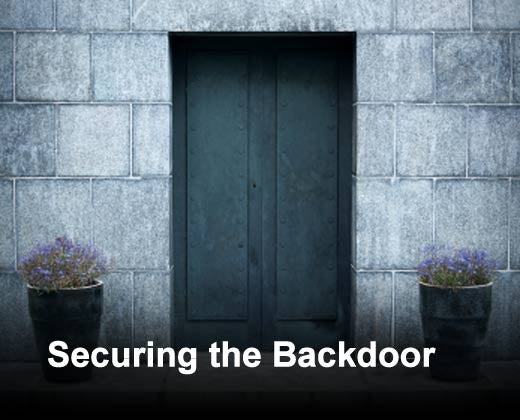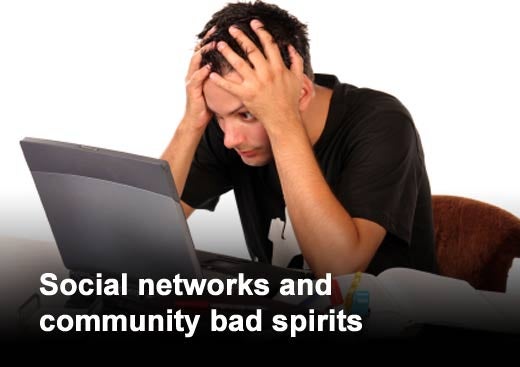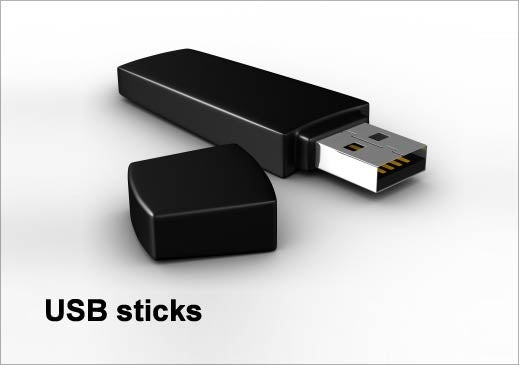Corporate security is serious business, but you may not realize it if you're leaving the back door open to cyber criminals.
If you’re not sure, it can be a daunting task to constantly monitor for new and emerging threats that come through a variety of channels. That’s why AVG Technologies has shared the top five backdoor entrances you should know.
Click through for five vulnerable access points all companies should know about.
Most social networking activity is concerned with community spirit and sharing of a wide range of data including documents, music, video and links. The biggest problem here is trust. People trust people that they know, or that they think they know. This means that users are more likely to click an infected link if it comes from a trusted colleague or friend.
Businesses need to beef up their security policy. Only 23 percent of companies have security policies in place that specifically address social media. Offer staff guidelines to keep them and your company network safe.
Viruses and other malware can be hidden in files sent via Instant Messaging (IM). Introduce policies that educate and control the use of IM. One important step is to ensure that user’s e-mails cannot be easily identified by their IM username. Having your e-mail address so readily available is bound to increase spam and phishing attacks.
While companies are concerned about outsiders breaking into company networks, employees pose a similar and possibly even greater threat. Employees are in fact responsible for introducing the majority of malware onto company networks. You may want to consider running additional background checks on IT staff in responsible positions before hiring them. The best advice is relatively basic – trust your gut instincts, educate staff on keeping their data and network safe and enforce a robust internal security policy combined with a security audit.
While preventing staff from introducing malware into a business has its challenges, staff that are allowed to access the company network remotely are even harder to control. Allowing staff to use their own machines for work increases the risk that malware may get inside the company network. An obvious way to close this security hole is to prevent staff from using their own machines.
There are other ways around this such as using virtualization technology to create a virtual safe-zone within your hardware – like an embassy in a foreign country. However, it is arguably simpler and more effective to establish a strong set of security controls that ensure all staff use only company hardware with anti-virus controls that are subject to updates and audit procedures.
USB sticks are particularly good at spreading malware. They appear innocuous compared to a laptop or smartphone but can hold several gigabytes of code – some of which may be malicious. Allowing employees an unchecked option to insert these into company computers is an unnecessary risk.
Removable devices can be automatically checked using anti-virus software or users can choose to run a manual scan before accessing any of the files on the stick. Business owners should also create policies to keep personal and business drives separate on any machine.








